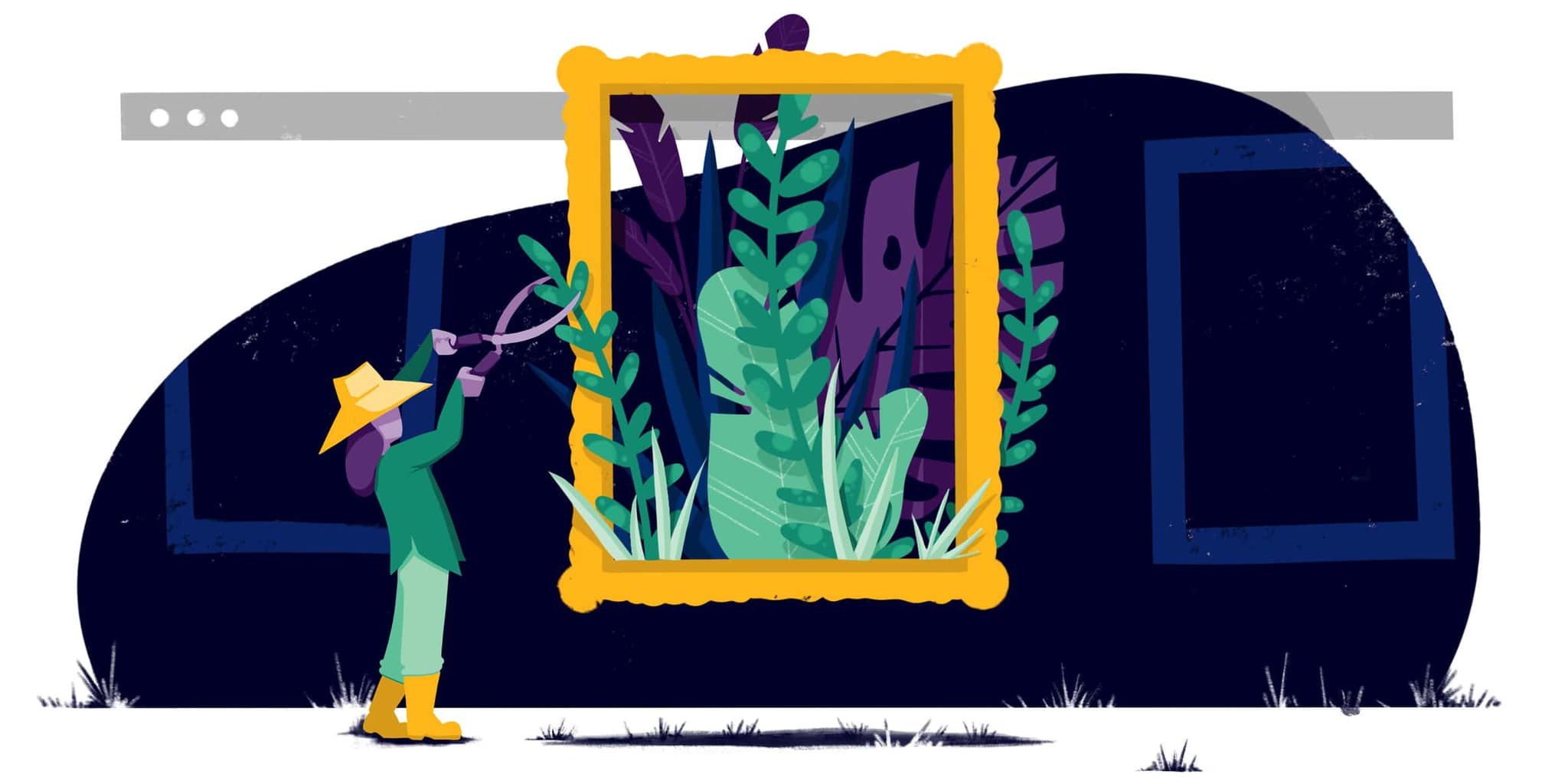

You can sharpen the focus of the small image by using the sharpen feature in your software. The advanced graphics programs allow you to set it by exact dimensions or a percentage of reduction or enlargement.Īfter resizing the image, the image may be smaller, but it may also be slightly out of focus.
BEST IMAGE RESOLUTION FOR WEBSITE DESIGN MANUAL
Check your manual for specific instructions.Ģ) The other method involves simply specifying the image’s final size. The corner “handle” will usually resize the image maintaining the overall height-width ratio. The best way is to grab a corner, not the edge, to resize the image. There are usually two methods:ġ) You can resize an image through the use of tools provided which allow you to manually shift the edges of an image to deform or resize the image.

The process of resizing images is fairly simple. If they don’t have the feature, you may have to find different software.
BEST IMAGE RESOLUTION FOR WEBSITE DESIGN SOFTWARE
Check your graphics software table of contents or index for resize, size, transform, reduce, or enlarge, all synonyms for the for the same thing. Not all graphic software packages allow you to resize images, though most should. Using the right type can make a big difference! There’s more information in Sitepoint’s GIF-JPG-PNG What’s the Difference article. If you aren’t sure which file type is best for a particular image, try saving the image in more than one type and comparing the file sizes. Some older browsers don’t completely support png, though. It compresses photos without losing detail, but usually makes larger photo files than JPEGs. png is for both photographs and line art.It’s better for line art, like logos, with solid areas of the same color. Different photos need different compression doing this carefully and viewing the result can give you a usable photo with a small file size. Good photo editors let you control how much detail is removed (the “compression”). Saving a photo as jpg removes detail from the photo. The other three types are used for general images: One type, ico, is to make a favicon file - but this is usually only done when a website is first set up. The end of a filename (called the extension) tells what type it is. Depending upon your use of the images on your site, you may have to experiment with this to get the right ratio that keeps the resolution quality good while maintaining a small file size. Some graphic software programs allow you to set the compression rate to control the quality of the image (and file size) at the time you save it. Internet browsers can decompress this information to display the image on the screen. When you save the file as one of these types, it condenses or compresses the data information in the image file. Luckily, the various file types most commonly used on the Internet have compression features. The higher the resolution, though, the larger the file size, so you have to make a compromise between quality and file size. The resolution of the image dictates its clarity. Smaller images should be closer to 30K and lower. Typically, large high quality images should be kept between 100K and 60K.

People often don’t have the patience to wait through long web page loads, so keeping your file sizes low speeds up your web page access times. It’s up to you to determine what size they should be from there, matching the image to your overall layout and styles.įile size dictates the time it takes to load your page, the larger the file size, often increased because of a high image resolution quality, the longer it will take to load. Images within that 600 pixel width need to be restricted to that maximum width in order to protect the layout of your page. If your WordPress Theme features a fixed width content area of 600 pixels and the image you want to use is 800, the image will push the sidebar and layout of your web page around, messing up your design. The physical size of the image is information we need to know in order to determine how much “space” will the image occupy on a web page. There are basically X image types popularly found on the Internet: jpeg,gif,png and (for favicons (the icons next to the address)) ico. Resolution is sometimes identified by the width and height of the image as well as the total number of pixels in the image. Resolution refers to the number of pixels in an image. This is the size of the file on your hard drive or server. Generally, the file size is treated as a different issue. The physical size of an image is based upon two things: The size of the image on the screen and the file size. The size and quality of an image for use on a web page is determined by a variety of things.


 0 kommentar(er)
0 kommentar(er)
